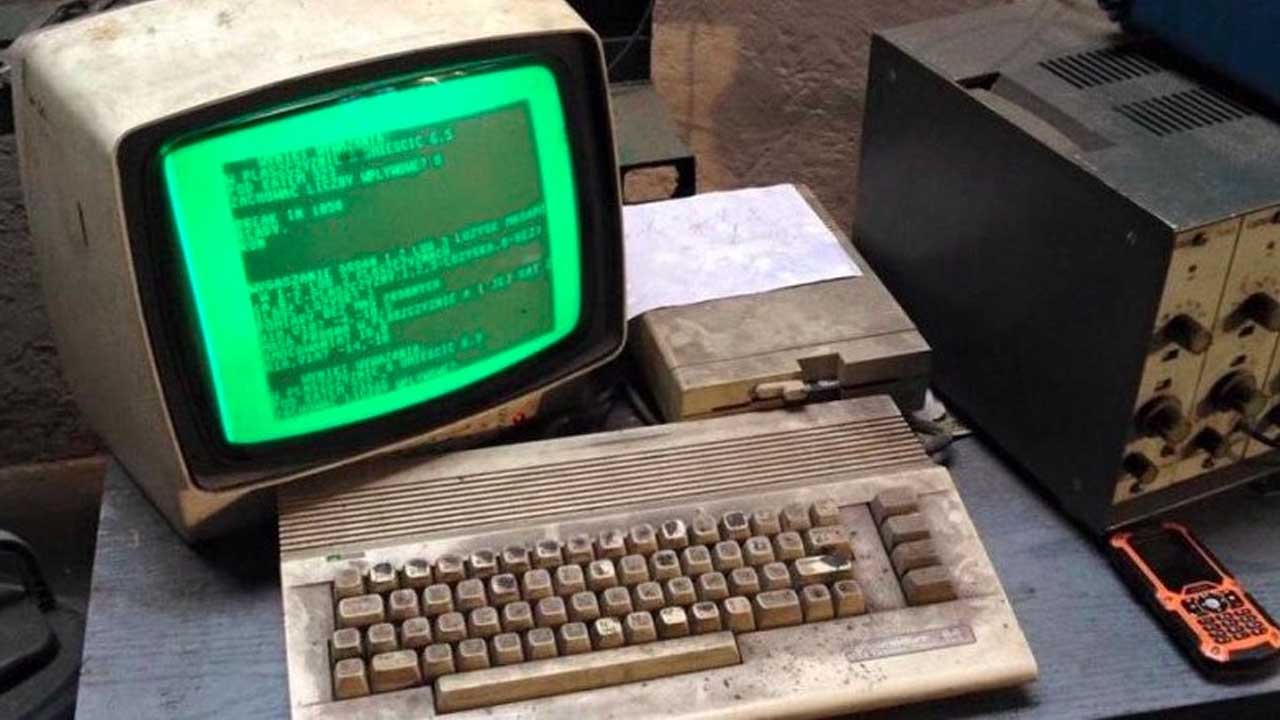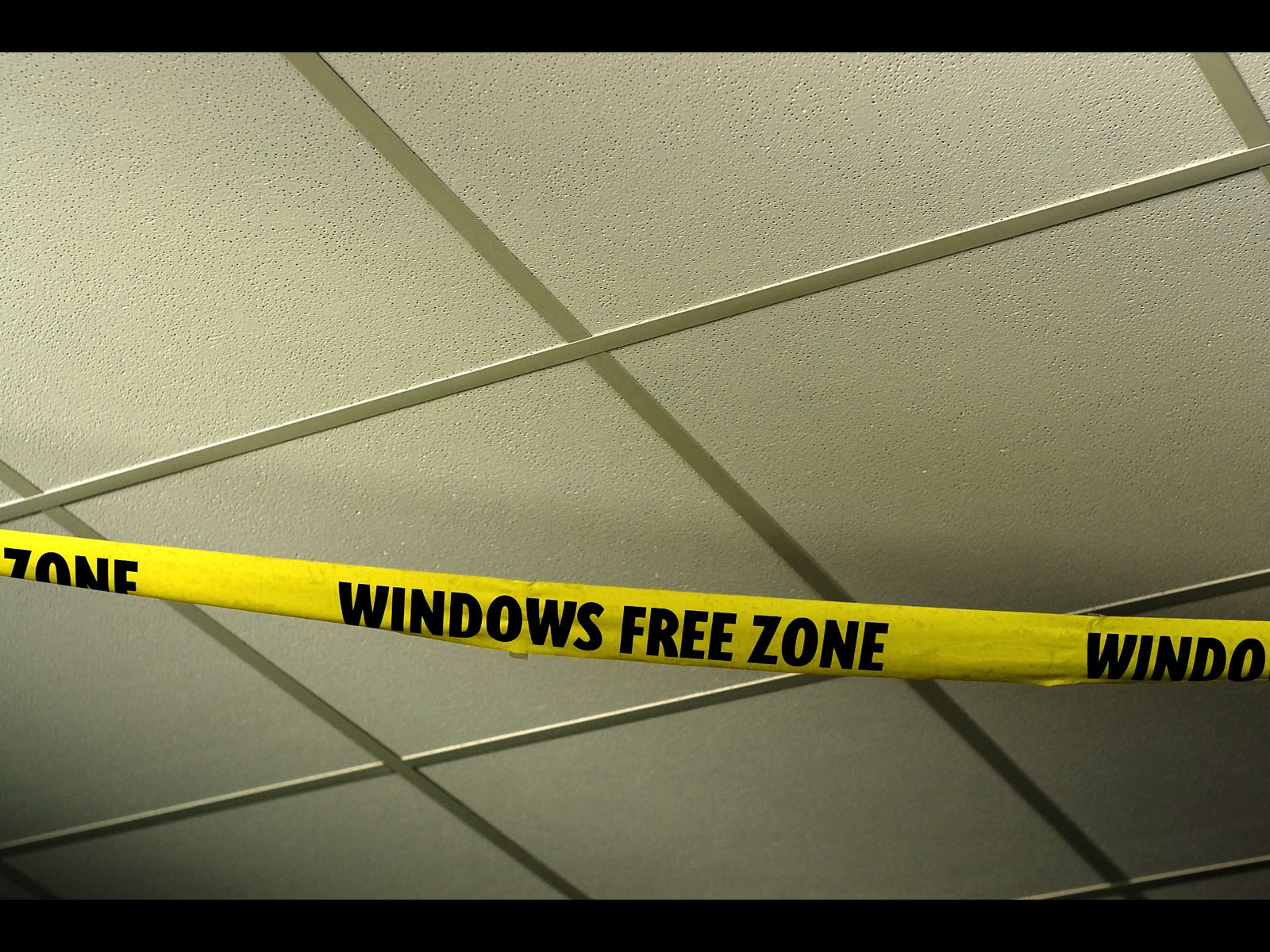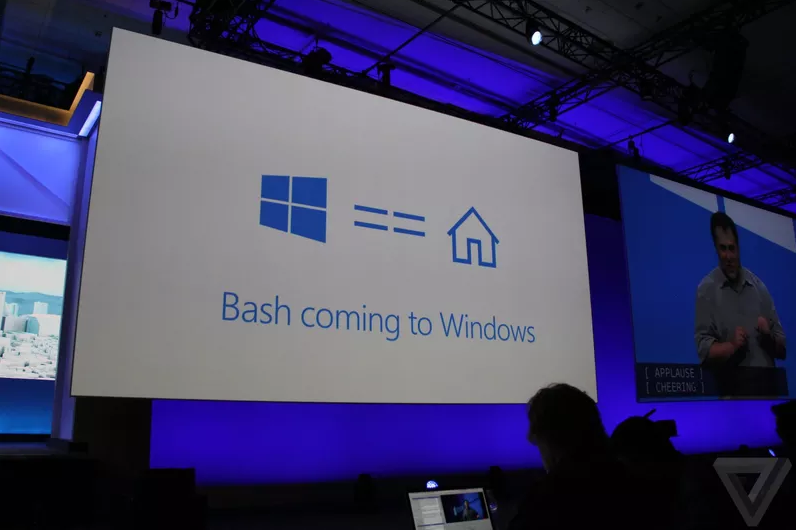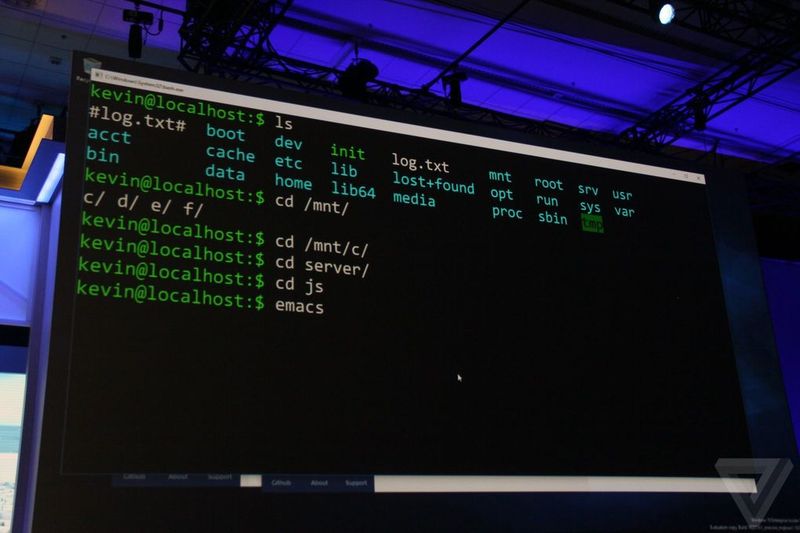
![]()

![]()
![]()

![]()
One of my favorite distros for the time I started to use Linux.
My very first (usable) bistro was Corel Linux but when I got Caldera Linux in one of those PC-Magazine CDs I really love it. Unfortunately it was a demo CD so after a while I have to format the PC and reinstall to continue using it.
At that time I was neither a fan of KDE or Gnome (which was in its very early stages). KDE was more developed though, and that’s why most distros have it as the default desktop environment.
It was until I’ve got a Mandrake 7.2 (I think it came in Todo Linux Magazine) that I started to use GNOME, I think it was around 2000.
As you can see, KDE at that time had a lot of the features that we enjoy today. Virtual Desktops, a configurable top menu bar, a fully functional file browser, an internet browser but not it was not limited to just the browser, it already came with many other internet features like email and FTP clients.
By this time I though that Linux was years ahead in the Desktop environment, today I can say the same.
![]()
Ahi les van los mios:
y hay muchos mas, pero dicen que nomas 5….
 Source: Cinco programas antiguos que siguen siendo muy útiles (y no tienen rival)
Source: Cinco programas antiguos que siguen siendo muy útiles (y no tienen rival)
![]()
![]()
Short story… Microsoft have this NEED to support Linux because of the “cloud” infrastructure it have. A big chunk of azure instances run Linux instead of Windows and they are porting Linux/Unix tools to Windows (eg. Bash for Windows, etc.) to keep Windows relevant in this field.
So, Microsoft Developers are having a pain in the ass doing this ports because Windows doesn’t support AF_UNIX sockets, BSD and Linux have long time supporting them; and even when Microsoft have something kind of similar called “pipes” there are differences that make really hard to do such ports.
Remember fellas, is not that Microsoft is Loving Linux, they are embracing, you know what’s next.
Of course they are in the right to do such thing… but is your call to use Windows, a closed source operating system, or just keep using your favorite Linux distribution.
Source: AF_UNIX comes to Windows – Windows Command Line Tools For Developers
![]()
![]()
![]()

Give it a try, for $1 dollar you get 5 books, for $8 dollars you get 7 books more, and for $15 dollars you get 16 books in PDF, mobi or ebook. They can also email them to your kindle ;-). Did I mentioned they are DRM free? ?
Get a bundle of Unix ebooks and support charity!
Source: Humble Book Bundle: Unix presented by O’Reilly (pay what you want and help charity)
![]()
Excellent way to use telegram if you want to avoid all ha the interrupts of leaving the shel or maybe just don’t have a graphical interface at all.
All weekend I’ve been itching to write about telegram-cli, a command-line interface to—faux gasp of surprise—the Telegram messaging service. Naturally, bec
Source: How To Use Telegram From The Command Line – OMG! Ubuntu!
![]()

In my office, how many computers runs Unix or Linux.
If I count all my house devices, I need to add two more iPads, one iPhone and one Apple TV. Windows free home ?.
![]()
![]()

What can I say?, Microsoft finally accepted that they needed it to be “serious” about servers. I personally hope I won’t ever have to deal with using a server running Windows, not even if it runs bash, although if it is done fine the common “usage” for the user will be fine. I think the problems will come with the underlying platform, I mean Windows by itself, the kernel, the system calls, and the way it handle processes etc..

The surprise… Canonical, the fucking SOLD to Microsoft. My conspiranoic side already had these ideas that Ubuntu and its “convergence” stuff were nothing but the playground to what now is Microsoft Windows 10 Continuum, the scopes, and everything else might be that thing too.
Canonical working with Microsoft is nothing new, they have been working with Microsoft for years to make Ubuntu run as smooth as possible in the Azure framework. But I really think that Canonical is giving itself a shoot in the foot by making Bash to work nice in Windows.
I don’t expect it to run as good as it already does in Linux, bash is good but bash is a shell with a subset of commands (and other programs) but is not Linux.
![]()
So, I have a bunch of ogg files that I moved to mp3 (I don’t want to start a format/encoder war, I just did it), I wanted to move the old ogg files, I didn’t delete them because probably I need them in the future. To move the files apart the easiest way could be using find and xargs:
find . -iname "*ogg" -print0 |xargs -0 -I {} mv {} /dest/folder/
The problem with this is that all those ogg files would be in /dest/folder/ all together, and I want to have them each in the corresponding subfolder, I was looking and found that some uses “cp –parents” unfortunately it seems that the cp in OS X does not include that.
If you create a package file (.tar for example), the directories are preserved, so, for me the trick was using tar for that purpose.
find . -name "*ogg" -print0 | xargs -0 tar cvf - |(cd /dest/folder/ ; tar xfp -)
You’ll see all those ogg files in the screen as they are “copied” to the destination folder. later you can remove the files with find again.
find . -iname "*ogg" -delete
I assume there is a way to remove the files as soon as they have been added to the tar file.
![]()
This are the real geniuses, we are just dumps standing on their shoulders.
![]()